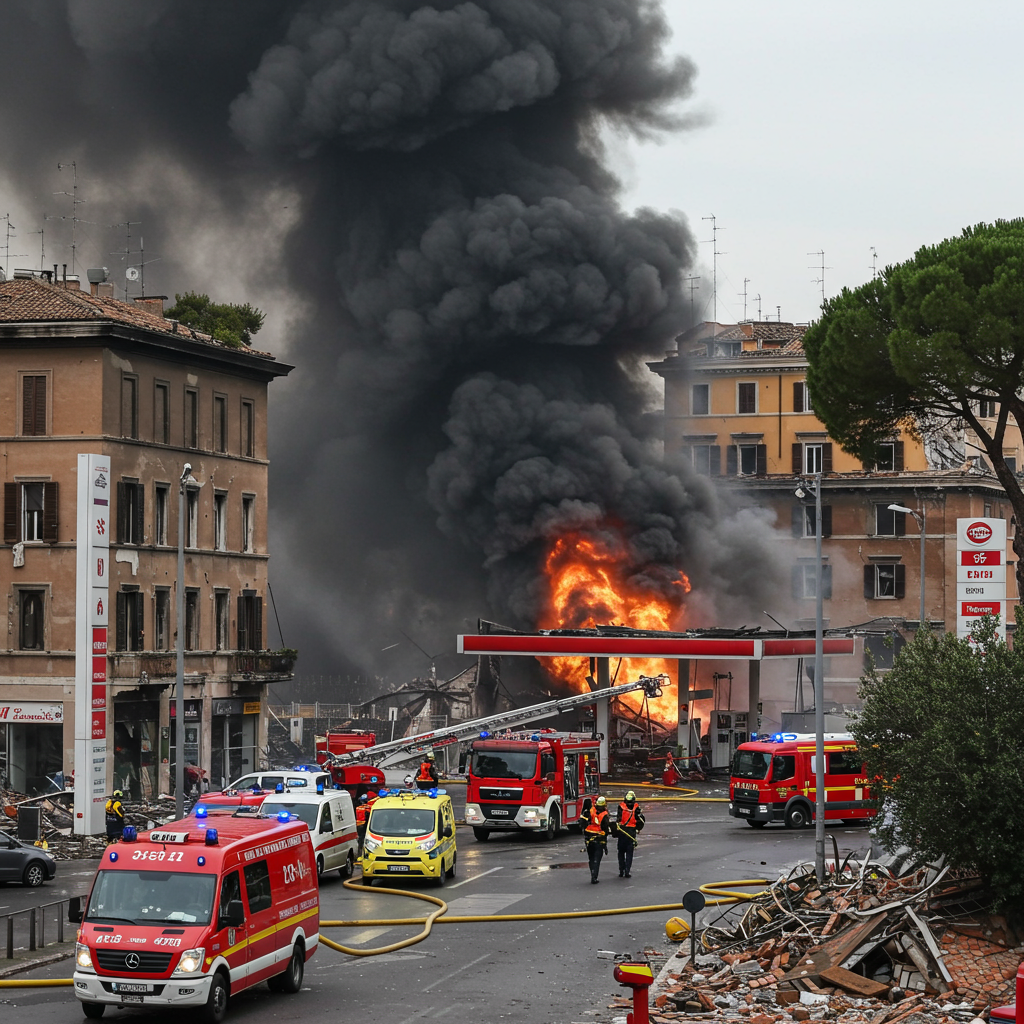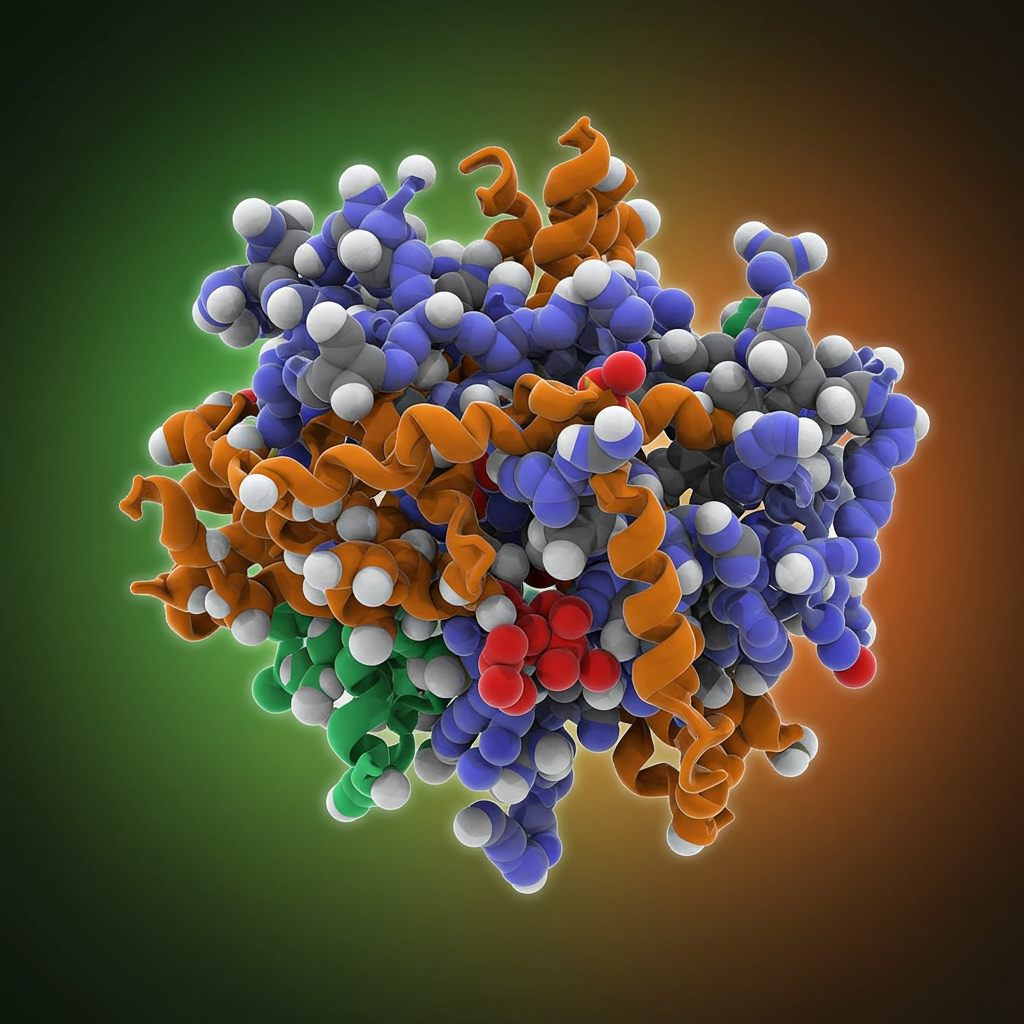An urgent situation unfolded in Rome’s Prenestino neighbourhood on the morning of Friday, July 4, 2025, when a major explosion rocked a petrol station, triggering a large fire and injuring dozens of people. The powerful blast, reportedly heard across the Italian capital, caused significant damage to nearby buildings and prompted immediate evacuations and the closure of a nearby subway station. emergency services, including police, firefighters, and paramedics, were already on the scene when the most severe explosion occurred, with many first responders among the casualties.
The incident underscores the inherent risks associated with fuel storage facilities in urban areas and highlights the bravery of emergency personnel who face dangerous situations head-on. Authorities quickly mobilized to contain the blaze, rescue victims, and secure the area, while political and religious leaders offered support and prayers for those affected by the tragedy.
A Chain of Events Leading to Disaster
Reports from the scene suggest the sequence of events began earlier in the morning. Emergency crews were initially called to the petrol station located at Via dei Gordiani 32 in eastern Rome following reports that a truck had possibly struck a gas pipeline, potentially causing a leak. Firefighters and police officers arrived to assess the situation and had begun initial safety procedures when the first, smaller explosion reportedly occurred.
Minutes later, a second, significantly more powerful blast tore through the station. This secondary explosion, which witnesses described with terrifying force, is believed to have been caused by a “BLEVE,” or Boiling Liquid Expanding Vapour Explosion, involving the liquified petroleum gas (LPG) or liquified natural gas (LNG) stored at the facility. This type of blast happens when a container holding a pressurized liquid fails, causing it to rapidly vaporise and create an effect akin to a bomb detonating. The intensity of this second explosion was immense, generating a massive fireball and sending debris scattering hundreds of meters.
Severity of the Rome Petrol Station Blast
The sheer force of the explosion was palpable across Rome. Witnesses reported hearing a deafening bang that shook their homes, with some initially fearing an earthquake. Others described seeing a huge cloud of black smoke billowing into the sky, visible from various parts of the city, including the Collatino neighbourhood to the north. The immediate area around the station became a scene of chaos and destruction.
The petrol station itself was almost completely gutted, its structure decimated by the blast and subsequent fire. Flames quickly spread from the station, igniting a nearby depot and posing further risk. The shockwave from the explosion shattered windows in adjacent buildings and caused structural damage, forcing authorities to evacuate residents from multiple apartment blocks as a precaution. A nearby sports centre was also significantly impacted, with its head noting that the timing of the blast likely averted a far greater catastrophe, as dozens of children were due to arrive for summer camp and many people were booked to use the swimming pool shortly after the explosion occurred.
Casualties and the Impact on Responders
The number of people injured in the Rome petrol station explosion fluctuated in initial reports but ultimately totaled at least 45 individuals. This figure included a significant number of both civilians and emergency service personnel. Among the injured were 24 civilians, 12 police officers, six firefighters, three emergency service operators, and one member of the military, highlighting the peril faced by those who rush towards danger.
Many of the injured required hospitalization. While most of the emergency responders and many civilians were not in critically life-threatening conditions, some sustained very serious injuries. Health authorities confirmed that several individuals suffered severe burns, with two men requiring ventilation support. At least two people were admitted to Sant’Eugenio Hospital in life-threatening condition, including one individual reportedly suffering from burns covering 55 percent of his body. Rescuers performed daring actions, including pulling one person alive from a burning car.
Emergency Response and Official Reactions
Dozens of firefighters, police officers, and ambulance crews converged on Via dei Gordiani to manage the crisis. Their primary objectives were to extinguish the ongoing fire, which involved a distributor handling petrol, diesel, and LPG, and to provide immediate medical aid to the injured. Despite some emergency personnel being caught in the secondary blast, their efforts were crucial in limiting the spread of the fire and managing the chaotic aftermath.
Rome’s Chief of Police, Roberto Massucci, praised the swift actions of emergency responders, suggesting their timely intervention after initial reports of a gas leak helped prevent an even more tragic outcome. The fire department actively worked to bring the blaze under control, even as it continued to burn for some time after the main explosion. As a safety measure, the Teano subway station, located nearby, was temporarily closed by Rome’s public transport operator Atac, although it later reopened. Authorities also advised residents in the surrounding area to keep windows closed and avoid using air conditioning due to smoke and potential air quality concerns.
Italian Prime Minister Giorgia Meloni expressed her solidarity with the injured, including the emergency personnel, and stated she was closely following developments and in contact with Rome Mayor Roberto Gualtieri to offer assistance. Pope Leo also issued a statement expressing his prayers and concern for those involved in the “tragic incident” within his diocese. Italy’s Interior Minister Matteo Piantedosi commended the “readiness, courage and sense of duty” shown by the police and firefighters. The Public Prosecutor’s Office in Rome is expected to launch an inquiry to determine the precise cause and sequence of events leading to the devastating blast.
Frequently Asked Questions
What exactly happened at the Rome petrol station on July 4, 2025?
A major explosion occurred at a petrol station on Via dei Gordiani in Rome’s Prenestino neighbourhood on Friday, July 4, 2025, shortly after 8 am. Emergency services were initially called to a potential gas leak, reportedly caused by a truck hitting a pipeline. While they were on the scene, a smaller initial blast was followed by a much larger, powerful explosion, believed to be a BLEVE (Boiling Liquid Expanding Vapour Explosion) involving stored liquified gas. This triggered a large fire and caused extensive damage.
How many people were injured in the Rome petrol station explosion and what was the severity?
At least 45 people were injured in the incident. The casualties included 24 civilians, 12 police officers, six firefighters, three emergency service operators, and one member of the military. Many required hospitalization, and some suffered serious burns. At least two individuals were in life-threatening condition at Sant’Eugenio Hospital, with one reportedly sustaining burns on 55 percent of his body. Others were in serious but non-critical conditions.
Was the Rome petrol station explosion impact localized, or did it affect a wider area?
While the most severe damage was concentrated at the petrol station and a nearby depot, the explosion’s impact extended beyond the immediate site. The blast generated a shockwave that shattered windows and damaged adjacent buildings, leading to the evacuation of several residential blocks. The sound of the explosion was heard across the Italian capital, and a large plume of smoke was visible from various neighbourhoods. The nearby Teano metro station was also temporarily closed as a safety precaution.
In the aftermath of this devastating event, investigations will continue to determine the precise cause and evaluate safety protocols for such facilities. The incident serves as a stark reminder of the potential hazards of fuel storage and the critical role played by emergency services in responding to urban disasters. The resilience of the Rome community, aided by prompt and courageous actions from first responders, helped manage the situation and prevent further loss of life on that fateful morning.
Word Count Check: 950




